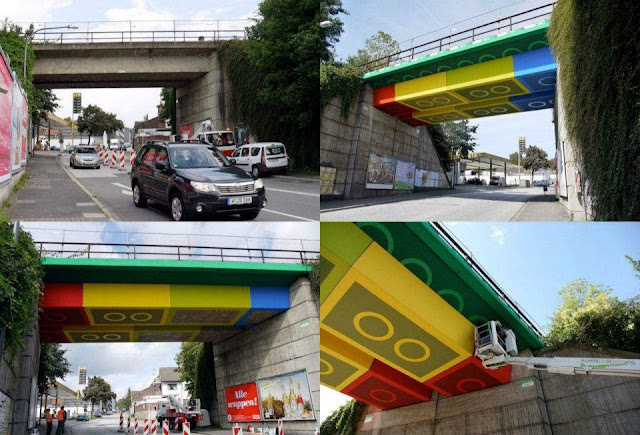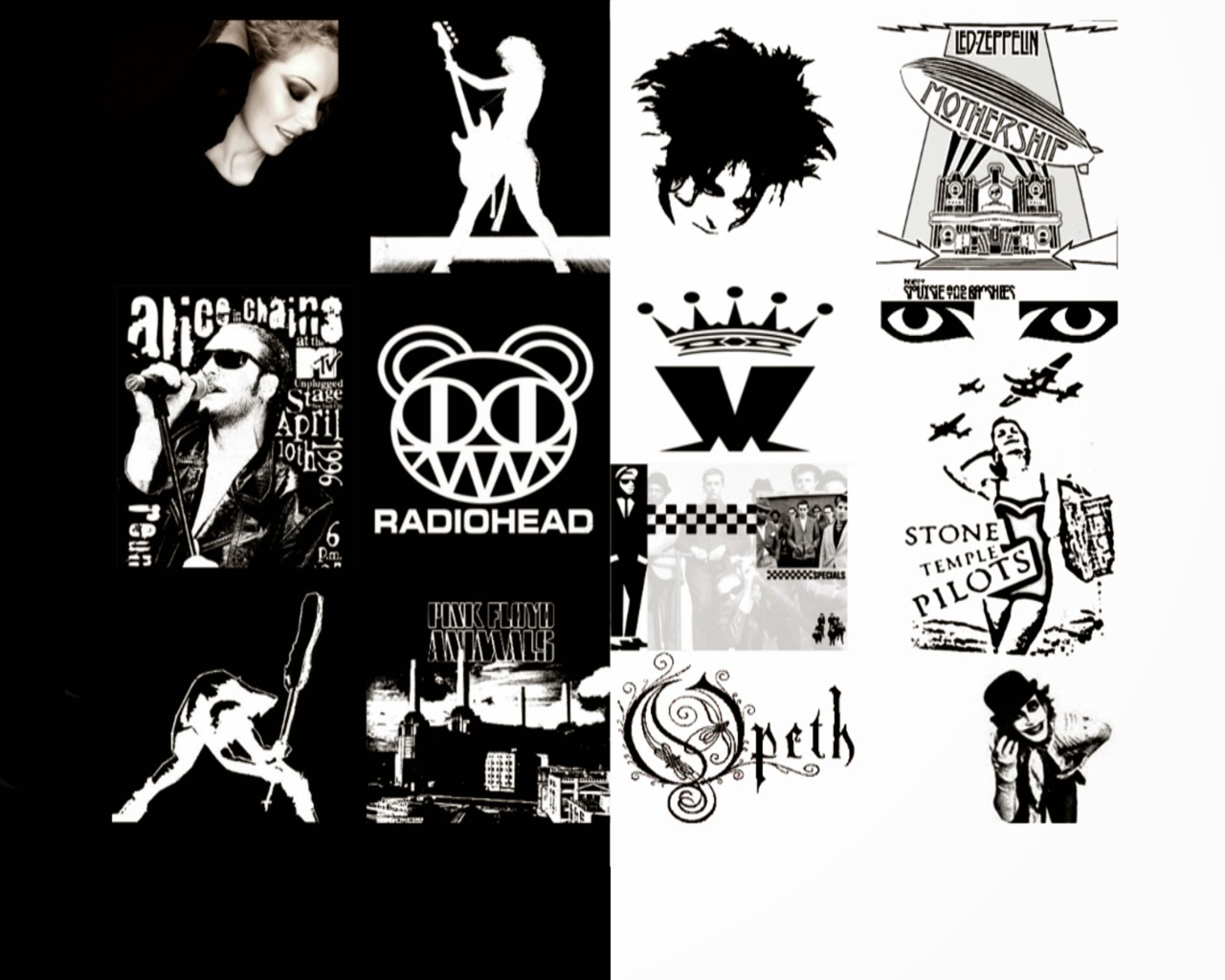"Cities as a Lab"
SUSTAINABILITY & INNOVATION
SUSTAINABILITY & INNOVATION
Currently over half of the world’s inhabitants live in cities and this is projected to grow to 70% of all people by 2050. Not only are people increasingly gravitating towards cities for economic opportunity, but they are moving to cities because of the unique opportunities they provide in design, culture, and quality of life.Cities are the centers of economic growth and the urban environment is becoming increasingly smarter. Worldwide, cities are facing increasing global challenges in promoting public health, seeking sustainable outcomes, and incorporating resiliency strategies. Architects are uniquely positioned through the use of collaborative design thinking and the ability to work at multiple scales to envisage future development, help solve these challenges, and plan innovative solutions. Read Now this great Article about Sustainability, Urban Innovation & Change...


Urban Innovation & Change
via Cityminded.org
City leaders on a global scale are entering a new era of unprecedented collaboration and competition: in order to thrive, they need to create great places. Local governments everywhere are working with creative professionals, including architects, urban thinkers, technology experts, and other important players in the private sector to design and construct unique new sustainable buildings and districts that serve as platforms for the future. Exciting policy choices are being pursued, harnessing creativity, lowering economic barriers, and generating productive energy with healthy, inspiring environments. The AIA’s new initiative, Cities as a Lab, seeks to highlight and support these policies. This project aims to demonstrate the power and importance of urban areas and elevate the fundamental idea that cities have become the laboratory for innovative change.
Examples of this innovative change can be seen in forward-looking cities across the country. Innovation Districts are sprouting, with Boston’s new Innovation District boasting some 100 firms and 3,000 new jobs. The district hosts the largest start-up accelerator and competition in the world; its Innovation Center offers a supportive environment for entrepreneurs. The city’s once stagnating waterfront is rapidly becoming an economic powerhouse, a place to be, with livable mixed-use infrastructure, micro housing, restaurants, and cultural venues to attract a high-energy workforce. Public-private partnerships are spawning new opportunities with successful efforts like Chicago’s, which will leverage $20 million in capital raised through the financial markets for loans to city departments on projects that cannot be funded from existing budgets – but will lead to revenues or cost savings. The City’s new Infrastructure Trust is also the first in the U.S. to use private capital in order to retrofit over 1,000 buildings to make them more energy efficient, create nearly 2,000 construction jobs, and save $20 million a year in fuel costs.
Cities are working with property owners, architects, engineers, utilities, and other stakeholders to pilot replicable new models for the way that new and existing buildings are planned, designed, and constructed. Among these are the 2030 Districts in Seattle and Cleveland; the EcoDistricts in Portland, Seattle, and Washington, D.C.; as well as the Living City Blocks in Denver and New York City.
The newly emerging local governance issues in economic revitalization, public health, and resource efficiency are predicated on strong civic engagement. Powerful design can engage our 21st century public and create the communities that meet people’s needs. Beyond larger and more permanent urban redesign, municipalities are tapping the creative energy of architects and their citizens with smaller scale initiatives like San Francisco’s rapid-approval parklets. Better block projects are also happening nationwide and provide opportunities to re-imagine communities through an exciting demonstration tool, with over 35 done to date. Such redesign helps explore the necessary changes in complicated ordinances and zoning codes, enabling temporary expansion of civic space in unused buildings and lots.
To further existing efforts and imagine and design new initiatives that will positively impact communities, the AIA is working on a Clinton Global Initiative Commitment, Decade of Design: The AIA Global Urban Solutions Challenge. This commitment seeks to enrich global growth with far-reaching urban policies and focuses on creating great cities by leveraging design thinking, technology, and community participation. The focus of this commitment is to design and implement solutions that cities now face to promote public health, and enable efficient use of natural, economic, and human resources. In order to do this, the Global Urban Solutions Challenge is a commitment to address current and real situations, in specific communities, to demonstrate innovative and lasting effects. Current partners on this Commitment include the Rocky Mountain Institute and Association of Collegiate Schools of Architecture, and we welcome additional partner organizations in the collaboration.
The Global Urban Solutions Challenge will engage cities by leveraging partnerships between large cities and universities worldwide, with an innovative integration of design and technology focused on the key areas of health, sustainability, and resiliency. There are three approaches included in the Commitment. The first area is funded university research on solutions based outcomes. In the first year we have funded three research grants focused on: measuring the health effects of a new transit oriented neighborhood development in Austin, Texas; long range food scenario planning in Fayetteville, Arkansas; and developing a university cross-disciplinary curriculum on healthy community development.
The second approach mobilizes interdisciplinary university teams to engage with community and professional partners in a selected city to address a complex problem through a collaborative community planning process known as a charette, using design thinking and technology innovation. Teams will propose projects involving academia, practice, and community partners to identify a complex problem that can be addressed with innovative solutions. The charette will demonstrate through on the ground community involvement, visioning, and demonstration how a 21st century city can prepare itself for the radical changes that are upon us all as cities get smarter and design serves as the key integrator between technology and experience.
The third part of the commitment draws on the idealism, technological aptitude, and collaborative spirit of university students, by creating the “Show Us Your APPtitude hack-a-thon.” The hack-a-thon springboards from the charette by providing scaled design and technology solutions related to the challenges and recommendations identified in the process. Students across multi-disciplinary boundaries will have the opportunity to join together and compete and have their ideas elevated to the national level and be seen and evaluated by those that can take these ideas to market. These real world interventions can then be put directly into use by the city, offering achievable inventive solutions for urban areas.
Within the framework of the Clinton Global Initiative, this commitment seeks to use the selected cities as a lab for change that can radiate outwards. The AIA has a deep commitment to making cities better by offering design assistance services and working with communities to identify and address problems. Through our partnerships with the Rocky Mountain Institute and the Association of Collegiate Schools of Architecture (ACSA), we have a global network of architecture schools working at the forefront of research that can enhance this effort and a deep pool of design and technological leadership excelling in resource efficiency and activating the civic realm through innovation. Ongoing collaborative partnerships will help expand and grow the reach of the Global Urban Solutions Challenge Commitment. By combining this wellspring of dedication in offering solutions to urban leaders, bringing forth the latest knowledge and research, and involving leaders of the world’s largest cities, this initiative offers the potential to achieve large-scale results that can be replicated worldwide.
"Cities as a Lab"Urban Innovation and Change By Brooks Rainwater via Cityminded.org
more information via cityminded.org
"city as a lab: designing innovation economy"
"No Copyright Infringement Intended, Strictly For Promotional Purposes Only! All Rights Reserved To Their Respective Owners."
"Copyright Disclaimer Under Section 107 of the Copyright Act 1976, allowance is made for "fair use" for purposes such as criticism, comment, news reporting, teaching, scholarship, and research. Fair use is a use permitted by copyright statute that might otherwise be infringing. Non-profit, educational or personal use tips the balance in favor of fair use."












































0 comentarios :